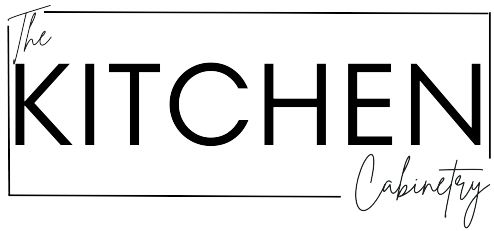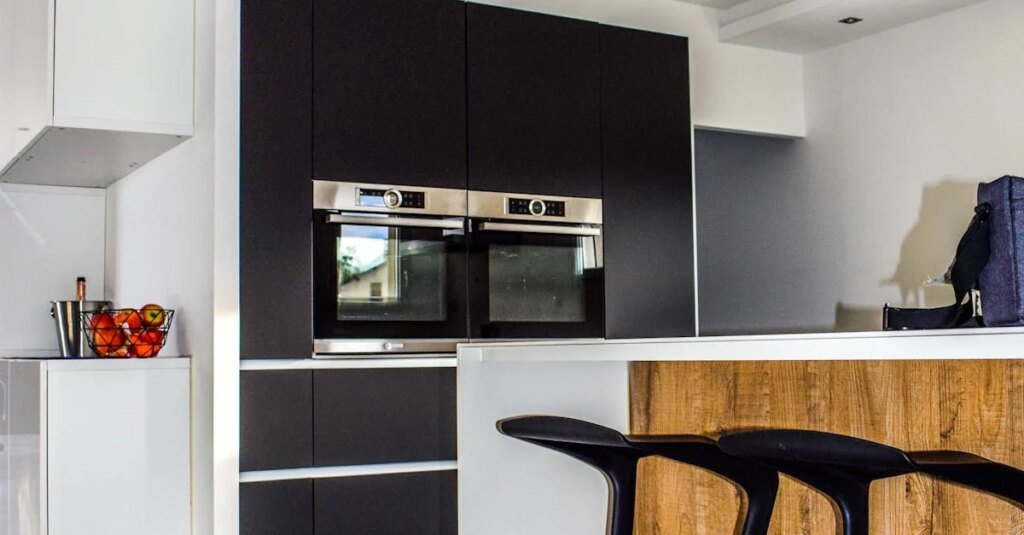In the world of politics, the term “cabinet” evokes images of power, decision-making, and the inner workings of governance. It’s fascinating to delve into the origins of this term and uncover how it came to symbolize such profound authority. Why are they called cabinets? This question leads us into a captivating narrative woven with history and tradition. The term encompasses not just a group of people but also the essence of collective leadership and responsibility. As we explore its roots, we find a tale that is as intriguing as the individuals who have occupied these pivotal roles throughout history.
Table of Contents
ToggleMain Points
- The historical context of the term ‘cabinet.’
- The evolution of its meaning over the centuries.
- Significant figures in the history of cabinets.
- Modern implications of the term in today’s governance.
Unpacking the Origins of ‘Cabinet’: A Linguistic Journey
Understanding the etymology of the term ‘cabinet’ invites us to explore its rich linguistic tapestry. Derived from the French ‘cabinet’—a diminutive of ‘cabin’—the word signifies a small room or storage space. Interestingly, its evolution intertwines with notions of governance and decision-making. In essence, a cabinet originally hinted at a space where intimate discussions occurred. The debate often emerges: is it cabinets or cupboards? This subtle distinction highlights the varying scopes of storage. Regardless, vocabulary shapes how we conceptualize structure and function in our surroundings.
- Cabinet: A space for discussions and storage.
- Governance: Reflects the evolution from physical space to decision-making.
- Cabin: The foundational term connecting small rooms with utility.
Historical Significance: How Cabinets Have Shaped Governance
Throughout history, cabinets have served as the backbone of effective governance. Their evolution reflects the dynamic needs of nations, illustrating how collective decision-making leads to progress. The members within these cabinets form a bridge between policy and the populace, guiding the course of history. Yet, this intricate design often leads to confusion, blurring lines between authority and accountability. Ultimately, understanding the roles and responsibilities of these key players is vital, especially when questioning whether we speak of *cabinets* or *cupboards* in modern governance.
The Role of Cabinets in Government
| Function | Impact |
|---|---|
| Advisory | Promotes informed decisions |
| Legislative | Shapes laws and policies |
| Representation | Voice of the people |
From Furniture to Government: The Evolution of the Cabinet Concept
The concept of a cabinet extends beyond mere furniture; it has ventured into the realms of governance. Initially, cabinets housed treasures and essentials, reflecting the owner’s status. However, over time, this idea transformed. Now, in government, a cabinet embodies a collective of advisors steering national policy. Yet, one might wonder, is it cabinets or cupboards? This question prompts a deeper understanding of organization, authority, and even intimacy in decision-making. The historical journey invites us to explore the balance between physical storage and metaphorical influence.
Reimagining Roles
Cabinets serve diverse functions, blurring lines between the practical and the political. Their evolution challenges us to think critically about how we define power and space.
Influential Figures: Key Personalities in the Development of Cabinet Systems
Throughout history, certain individuals have profoundly shaped the development of cabinet systems, igniting discussions that resonate today. Their insights and innovations transformed governance, highlighting the delicate balance between power and responsibility. Notably, these figures engaged in pivotal debates surrounding the essence of governance—was it merely about structure, or the essence of service? This question echoes the sentiment of whether we refer to these storage systems as cabinets or cupboards, which can lead to captivating discussions. Consider the following influential personalities:
- John Locke: His ideas on the social contract influenced the way cabinets are viewed in governance.
- Thomas Jefferson: Advocated for a system that emphasized accountability within cabinet structures.
- James Madison: His contributions to constitutional design shaped cabinet frameworks that govern modern politics.
Each of these visionaries left a legacy that transcends time, guiding the ongoing evolution of governance and cabinet systems.
Cultural Variations: Understanding Cabinet Structures Across the Globe
Cabinet structures, much like cultural tapestries, showcase the unique threads of governance woven through history. In some nations, cabinets act as vibrant decision-making bodies, while in others, they may seem more like cupboards storing policies waiting to be accessed. The fusion of tradition and modernity complicates matters; the interplay between elected ministers and appointed officials can leave one pondering. However, exploring these variations is essential to grasp how differing political landscapes shape not only laws but also the very essence of democracy itself.
The Modern Cabinet: Implications for Today’s Political Landscape
The modern cabinet stands as a testament to evolving governance. Today, these executive assemblies wield immense power, shaping policies that resonate far beyond their walls. Each member’s role intertwines with public sentiment, creating a kaleidoscope of perspectives. In a world where ‘Is it cabinets or cupboards?’ might seem trivial, it reveals deeper questions of authority and transparency. The dynamics of modern cabinets prompt us to ponder their long-term implications on democracy and civic engagement.
“A government should not be a fortress, but rather a reflection of the people it serves.”
Shaping the Future
As we observe contemporary cabinets, we must consider their ability to adapt. The decisions made today can either fortify or fracture democratic foundations. How leaders communicate and collaborate will ultimately define our political landscape for generations to come. In this ever-changing context, the cabinet’s evolving role not only invites scrutiny but also inspires engagement among citizens.
Related content:
Cabinets vs. Cupboards: Unraveling the Mystery of Kitchen Storage Terminology
Conclusion
In conclusion, exploring the term “cabinets” unveils a deeper understanding of furniture design and function. These essential pieces serve not only as storage solutions but also as pivotal design elements in our spaces. Why are they called cabinets? This question leads us to appreciate their historical significance and evolution over time. Their various styles and uses reflect the creativity and practicality embedded in our daily lives. As we consider the role of cabinets, we recognize their importance in organizing our environment while also enhancing the aesthetic appeal of our homes. Ultimately, cabinets are more than mere objects; they tell stories about our lifestyles and preferences.
Frequently Asked Questions
What does the term ‘cabinet’ refer to in government?
In government, a ‘cabinet’ refers to a body of high-ranking officials, typically consisting of the top leaders of the executive branch, who are usually heads of government departments.
Why is the term ‘cabinet’ used in politics?
The term ‘cabinet’ is used in politics because it historically referred to a private room or chamber where advisors would meet with the monarch to discuss important matters.
What is the role of a cabinet in a parliamentary system?
In a parliamentary system, the cabinet is responsible for making policy decisions and implementing laws, and its members often belong to the legislature, providing a direct link between the executive and legislative branches.
How are cabinet members selected?
Cabinet members are typically selected by the head of government, such as a president or prime minister, and are often chosen based on their expertise, political alignment, and ability to manage specific government departments.
Do all countries have a cabinet system?
No, not all countries have a cabinet system. The structure and term may vary; some countries may have different systems, such as a council of ministers or executives without a formal cabinet.







3 responses